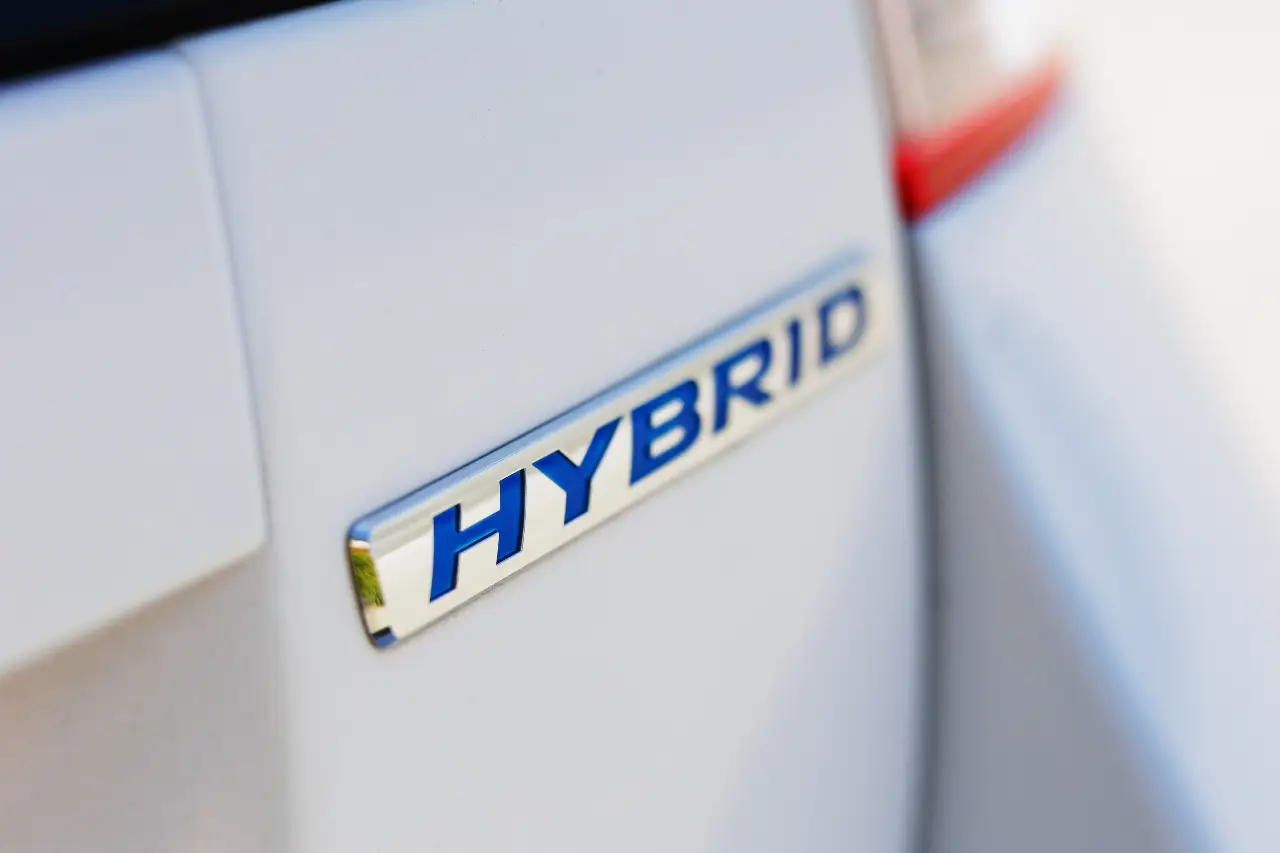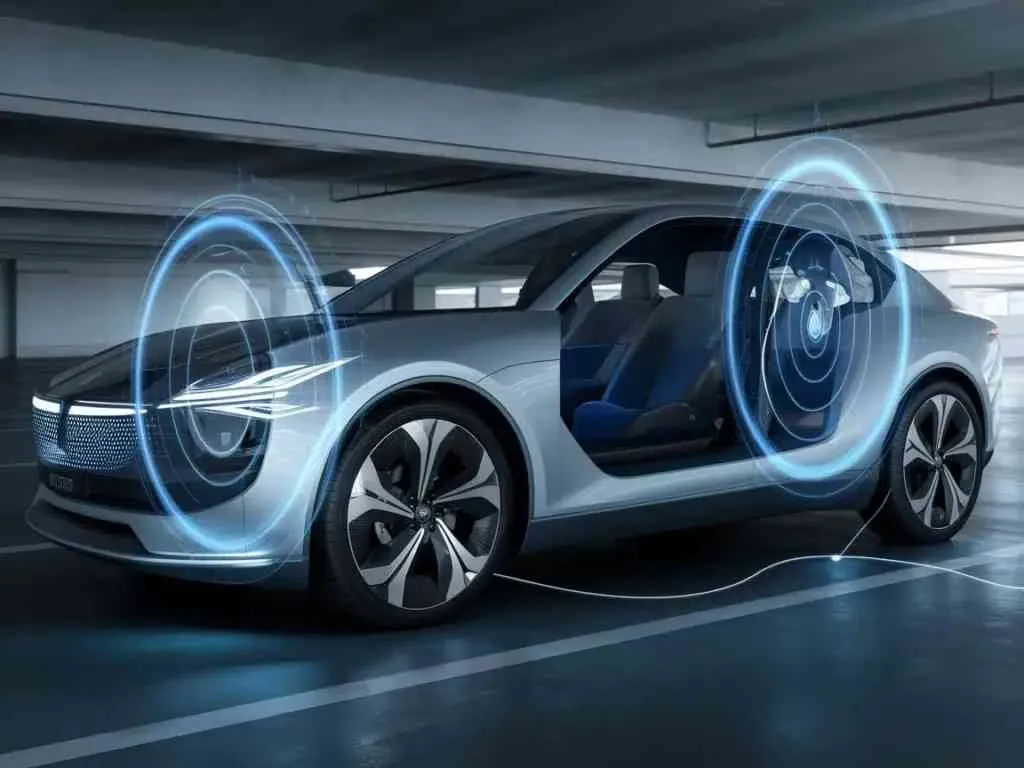Why Hybrid Cars Emit Higher Magnetic Fields: Insights, Impacts, and Solutions

Hybrid vehicles represent a significant change in automotive technology as it offers reduced fuel consumption and lower emissions compared to conventional internal combustion engine cars. However, this advancement also introduces new challenges. One such concern is the increased emission of Extremely Low Frequency (ELF) magnetic fields observed in many hybrid models when compared to traditional vehicles.
We’ll discuss the primary reasons behind these increased field levels, the associated health and safety considerations, and practical methods currently being evaluated to address and reduce exposure, supported by findings from recent technical assessments.
What Are ELF Magnetic Fields, and Why Do They Matter?
Extremely Low Frequency (ELF) magnetic fields are a type of non-ionizing radiation produced by electric currents. You’ll find them in many everyday sources—like home appliances or overhead power lines. In vehicles, these fields come from the current flowing through components such as the motor, battery, and cables.
In hybrid vehicles, the intensity and presence of these magnetic fields can be higher than in pure electric vehicles. This happens for two main reasons:
- First, hybrids require more complex electrical layouts due to the combination of electric and fuel-powered systems.
- Second, the compact design forces high-current cables and power electronics to be placed closer to passengers. That tighter arrangement leads to more concentrated field exposure inside the cabin.
 Hybrid vehicles combine a gasoline engine with an electric motor and battery. This setup creates specific conditions where magnetic fields inside the car can be higher than in traditional vehicles. Here’s why:
Hybrid vehicles combine a gasoline engine with an electric motor and battery. This setup creates specific conditions where magnetic fields inside the car can be higher than in traditional vehicles. Here’s why:
Battery Placement and Cable Routing
In many hybrids, the battery is located in the rear of the vehicle. High-power cables must run from the back to the front. These long cable runs carry strong electric currents, especially during acceleration or deceleration. The current flow through these cables produces noticeable magnetic fields inside the cabin, especially near the floor.
High Current Flow Between Components
When the vehicle speeds up or slows down, the motor and battery exchange large amounts of energy. This causes a spike in electric current between the motor, inverter, and battery. The stronger the current, the stronger the magnetic fields generated around the cables and components.
Continuous Charging Activity
Unlike fully electric cars, hybrids often charge the battery while the gasoline engine is running. This happens even when the car is not in motion. As a result, electric current flows through the system even when the wheels aren’t turning. That means magnetic fields can be present inside the car, even at a standstill.
What Can Be Done?
Efforts are underway by both car manufacturers and researchers to address the issue using practical methods:
- Improved Vehicle Design: This involves rethinking how electric components are placed: moving batteries, power lines, and motors further away from the seats to reduce how much magnetic field reaches the passengers.
- Active Field Reduction Systems: Technologies such as the system developed by SafeFields are being explored. These systems create a counter magnetic field that cancels out parts of the original field, which helps lower exposure and improve safety inside the car.
Finding a Balance Between Innovation & Safety
Hybrid vehicles play a primary part in reducing emissions and moving toward more sustainable transportation. At the same time, the increased levels of extremely low-frequency (ELF) magnetic fields they produce raise concerns that must be addressed through thoughtful design and continued study. A successful hybrid must combine environmental benefits with health and safety considerations to gain long-term acceptance in the market.
For current users of hybrid cars, it is recommended to stay updated on scientific findings and, where possible, apply practical solutions, such as shielding techniques or field reduction technologies, to reduce potential exposure.

